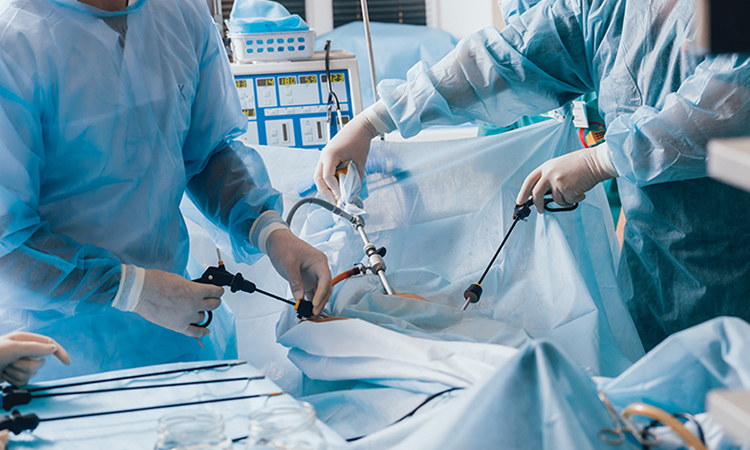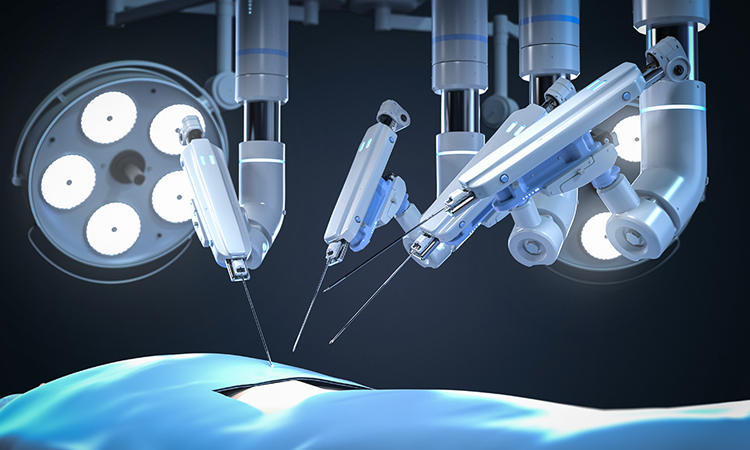Artificial intelligence assisted operative anatomy recognition in endoscopic pituitary surgery
https://doi.org/10.1001/jamanetworkopen.2019.1095
abstract
Pituitary tumours are surrounded by critical neurovascular structures and identification of these intra-operatively can be challenging. We have previously developed an AI model capable of sellar anatomy segmentation. This study aims to apply this model, and explore the impact of AI-assistance on clinician anatomy recognition. Participants were tasked with labelling the sella on six images, initially without assistance, then augmented by AI. Mean DICE scores and the proportion of annotations encompassing the centroid of the sella were calculated. Six medical students, six junior trainees, six intermediate trainees and six experts were recruited. There was an overall improvement in sella recognition from a DICE of score 70.7% without AI assistance to 77.5% with AI assistance (+6.7; p < 0.001). Medical students used and benefitted from AI assistance the most, improving from a DICE score of 66.2% to 78.9% (+12.8; p = 0.02). This technology has the potential to augment surgical education and eventually be used as an intra-operative decision support tool.
A vision transformer for decoding surgeon activity from surgical videos
https://doi.org/10.1038/s41551-023-01010-8
abstract
The intraoperative activity of a surgeon has substantial impact on postoperative outcomes. However, for most surgical procedures, the details of intraoperative surgical actions, which can vary widely, are not well understood. Here we report a machine learning system leveraging a vision transformer and supervised contrastive learning for the decoding of elements of intraoperative surgical activity from videos commonly collected during robotic surgeries. The system accurately identified surgical steps, actions performed by the surgeon, the quality of these actions and the relative contribution of individual video frames to the decoding of the actions. Through extensive testing on data from three different hospitals located in two different continents, we show that the system generalizes across videos, surgeons, hospitals and surgical procedures, and that it can provide information on surgical gestures and skills from unannotated videos. Decoding intraoperative activity via accurate machine learning systems could be used to provide surgeons with feedback on their operating skills, and may allow for the identification of optimal surgical behaviour and for the study of relationships between intraoperative factors and postoperative outcomes.



